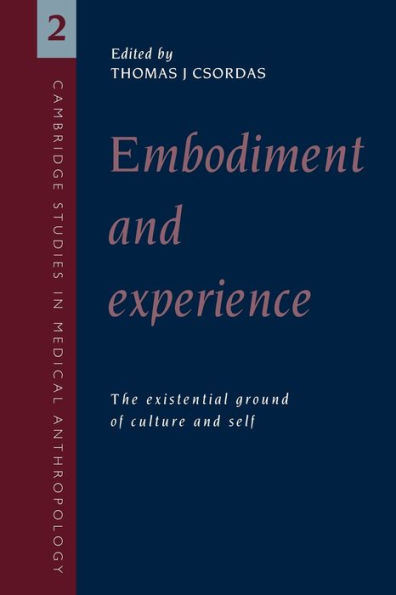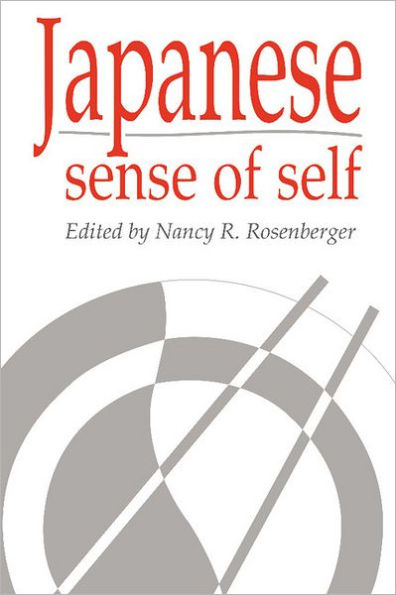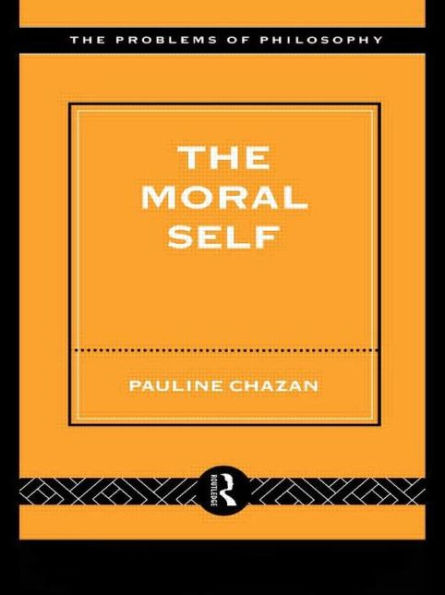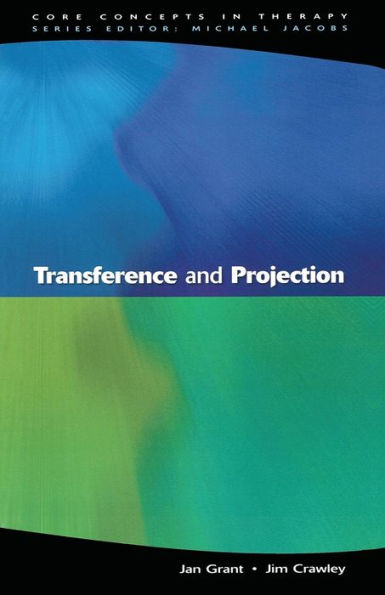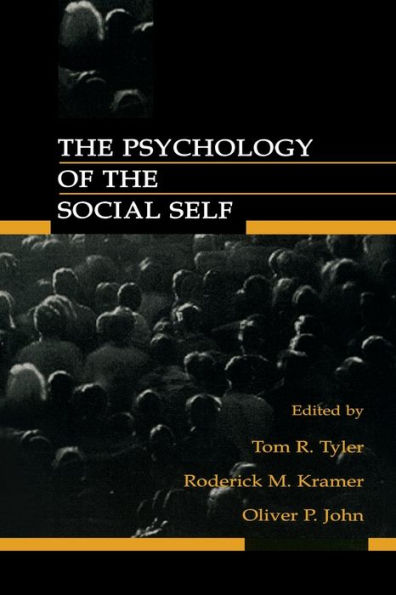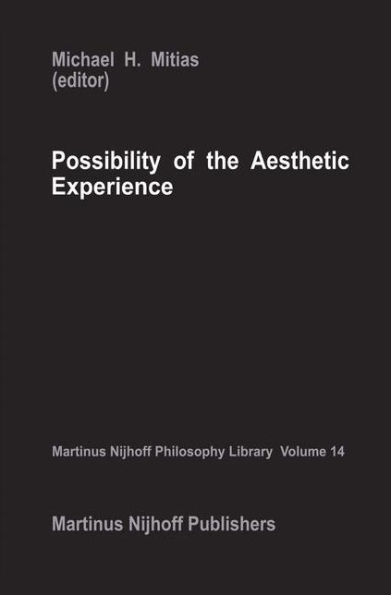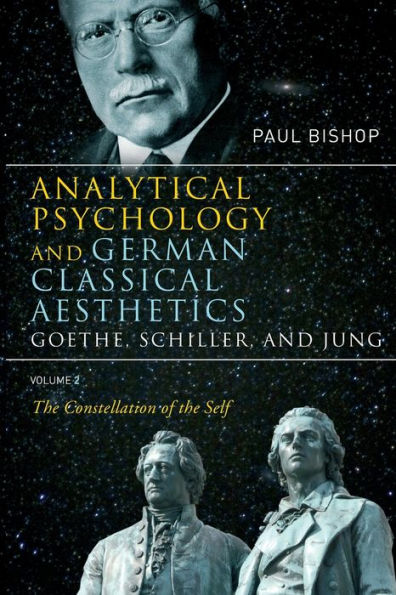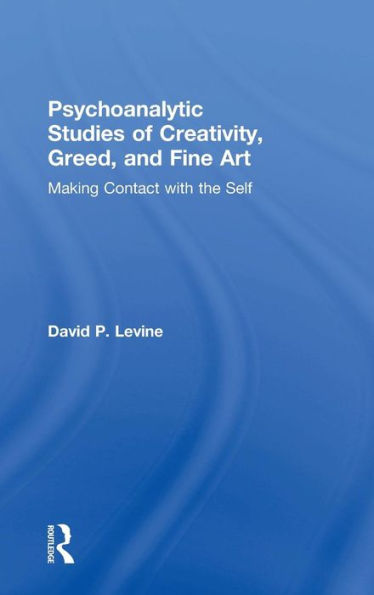Home
Aesthetic Disinterestedness: Art, Experience, and the Self / Edition 1
Loading Inventory...
Barnes and Noble
Aesthetic Disinterestedness: Art, Experience, and the Self / Edition 1
Current price: $55.99
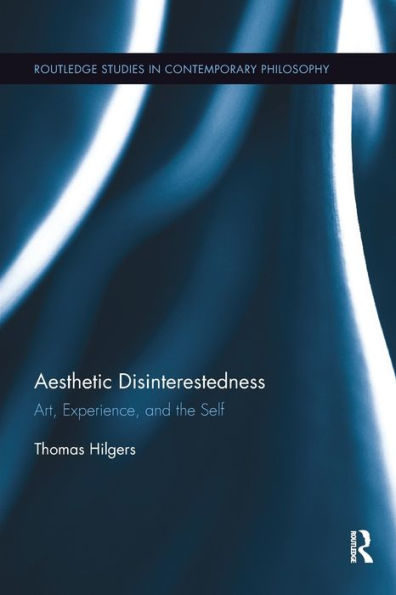

Barnes and Noble
Aesthetic Disinterestedness: Art, Experience, and the Self / Edition 1
Current price: $55.99
Loading Inventory...
Size: OS
*Product Information may vary - to confirm product availability, pricing, and additional information please contact Barnes and Noble
The notion of disinterestedness is often conceived of as antiquated or ideological. In spite of this, Hilgers argues that one cannot reject it if one wishes to understand the nature of art. He claims that an artwork typically
asks
a person to adopt a disinterested attitude towards what it shows, and that the effect of such an adoption is that it makes the person temporarily
lose the sense of herself
, while enabling her to
gain a sense of the other
. Due to an artwork’s particular wealth, multiperspectivity, and dialecticity, the engagement with it cannot culminate in the construction of world-views, but must initiate a process of self-critical thinking, which is a precondition of real self-determination. Ultimately, then, the aesthetic experience of art consists of a dynamic process of
losing the sense of oneself
, while
gaining a sense of the other
, and of
achieving selfhood
. In his book, Hilgers spells out the nature of this process by means of rethinking Kant’s and Schopenhauer’s aesthetic theories in light of more recent developments in philosophy–specifically in hermeneutics, critical theory, and analytic philosophy–and within the arts themselves–specifically within film and performance art.
asks
a person to adopt a disinterested attitude towards what it shows, and that the effect of such an adoption is that it makes the person temporarily
lose the sense of herself
, while enabling her to
gain a sense of the other
. Due to an artwork’s particular wealth, multiperspectivity, and dialecticity, the engagement with it cannot culminate in the construction of world-views, but must initiate a process of self-critical thinking, which is a precondition of real self-determination. Ultimately, then, the aesthetic experience of art consists of a dynamic process of
losing the sense of oneself
, while
gaining a sense of the other
, and of
achieving selfhood
. In his book, Hilgers spells out the nature of this process by means of rethinking Kant’s and Schopenhauer’s aesthetic theories in light of more recent developments in philosophy–specifically in hermeneutics, critical theory, and analytic philosophy–and within the arts themselves–specifically within film and performance art.
